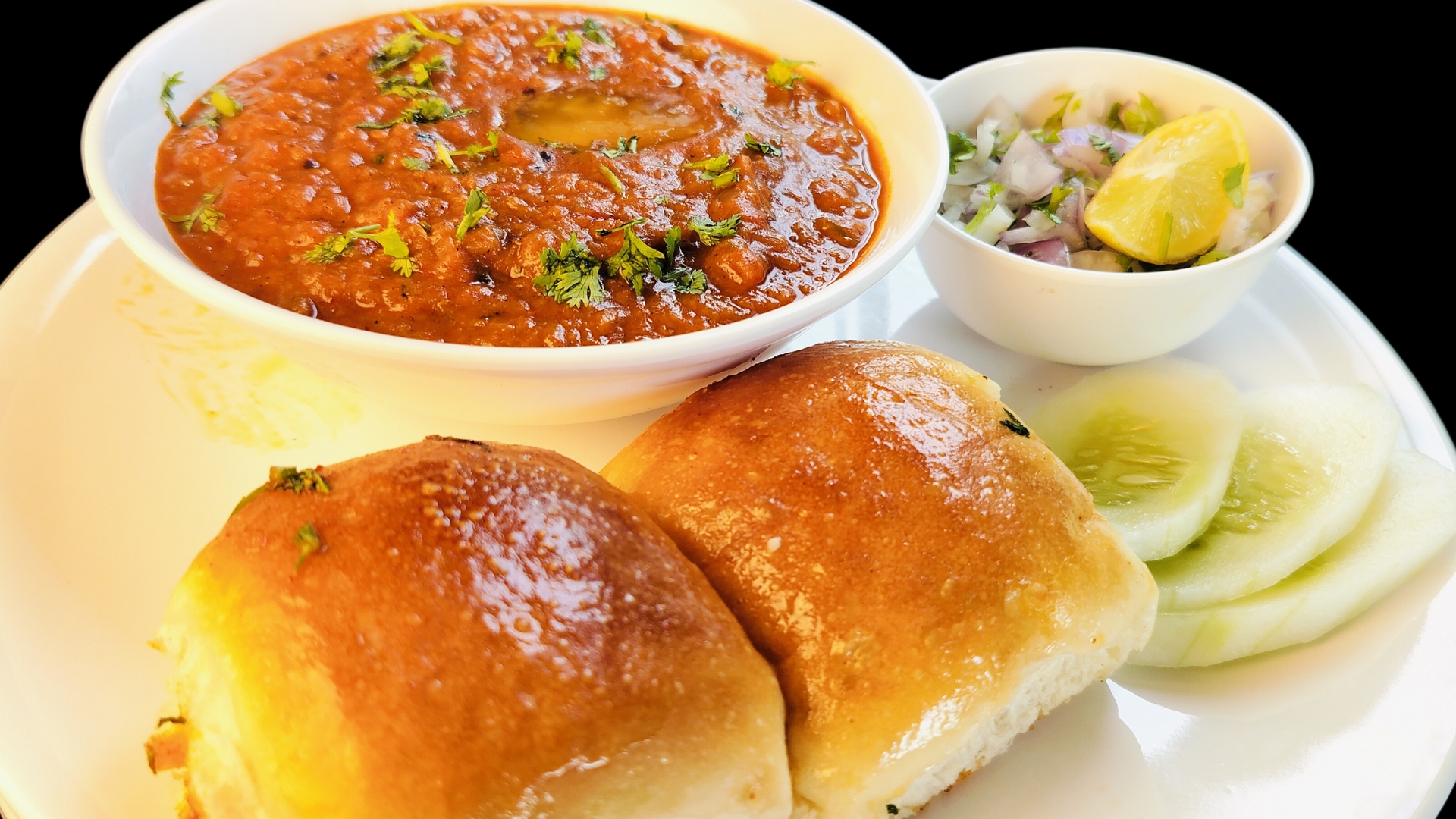Pav Bhaji Recipe: A Delicious Journey Through India’s Favorite Street Food
Pav Bhaji is more than just a dish; it’s an experience that brings together the richness of Indian street food culture with the comfort of home-cooked meals. Originating from the bustling streets of Mumbai, Pav Bhaji has become a beloved dish across India, transcending regional boundaries and culinary traditions. This delightful combination of spicy vegetable curry (Bhaji) and buttery bread rolls (Pav) is not just a feast for the taste buds but also a symbol of India’s diverse culinary landscape. Watch Recipe Video Ingredients To make authentic Pav Bhaji at home, you’ll need the following ingredients: For the Bhaji: For the Pav: Step by Step Recipe 1. Preparing the Vegetables: 2. Making the Bhaji: 3. Toasting the Pav: Tips for Perfection Serving Suggestions Traditionally, it is served hot with a side of buttered Pav, chopped onions, and lemon wedges. However, you can get creative: Common Mistakes to Avoid History and Origin It has its roots in the streets of Mumbai, where it was originally a quick meal for textile mill workers in the mid-19th century. The dish was created to provide a nutritious and filling meal that was both affordable and easy to prepare. Over time, it gained popularity and found its way into restaurants and homes across India, evolving into the beloved dish we know today. Health Benefits While Pav Bhaji is indulgent, it can also be nutritious. The Bhaji is packed with vegetables like potatoes, carrots, peas, and cauliflower, providing essential vitamins, minerals, and fiber. To make it healthier: Variations It is a versatile dish with several variations to suit different tastes: Regional Cuisines While Mumbai is the birthplace of Pav Bhaji, the dish has been adapted by various regional cuisines: Frequently Asked Questions (FAQs) 1. Can I make Pav Bhaji ahead of time? Yes, you can prepare the Bhaji in advance and store it in the refrigerator for up to 2-3 days. Reheat it on the stove, adding a little water if necessary, before serving. 2. What can I substitute for Pav if unavailable? If Pav buns are not available, you can use regular dinner rolls, burger buns, or even toasted bread slices as a substitute. 3. Is Pav Bhaji vegan-friendly? Traditional Pav Bhaji contains butter, but you can easily make it vegan by using dairy-free butter or oil and ensuring the Pav buns are vegan. 4. Can I freeze Pav Bhaji? Yes, you can freeze the Bhaji in an airtight container for up to a month. Thaw it overnight in the refrigerator and reheat on the stove before serving. 5. How do I store leftovers? Store leftover Bhaji in an airtight container in the refrigerator for up to 3 days. Toast the Pav fresh when ready to serve again. If you want to know more about Pav Bhaji click here. Few of our other Trending Recipes: Misal Pav Recipe: A Spicy Delight from Maharashtra Pohe Recipe: A Step-by-Step Guide

